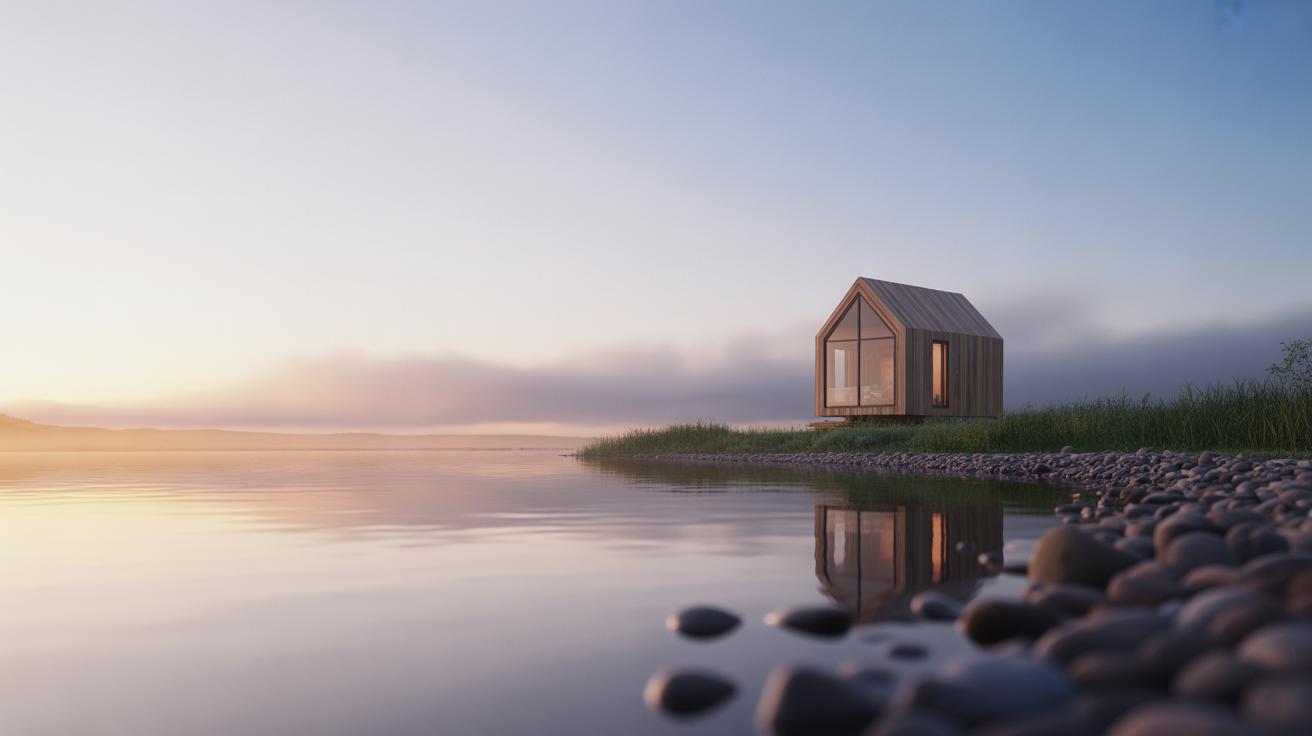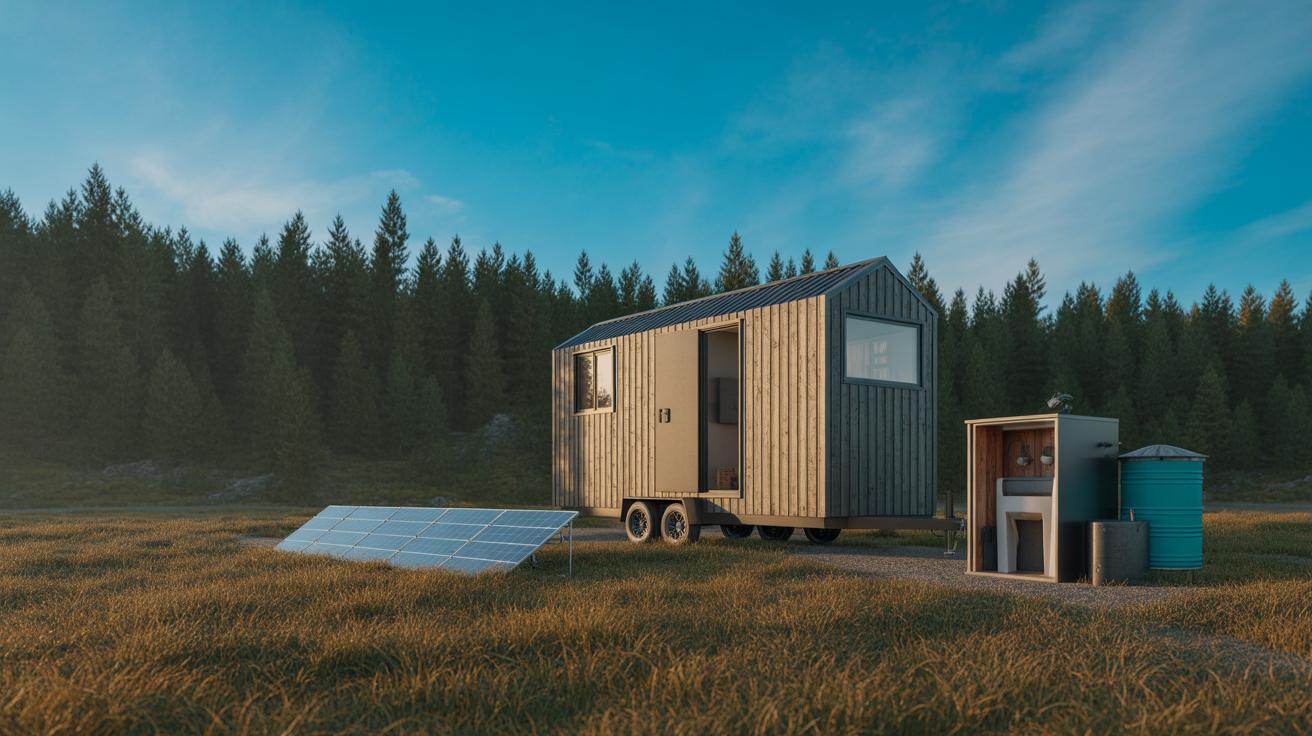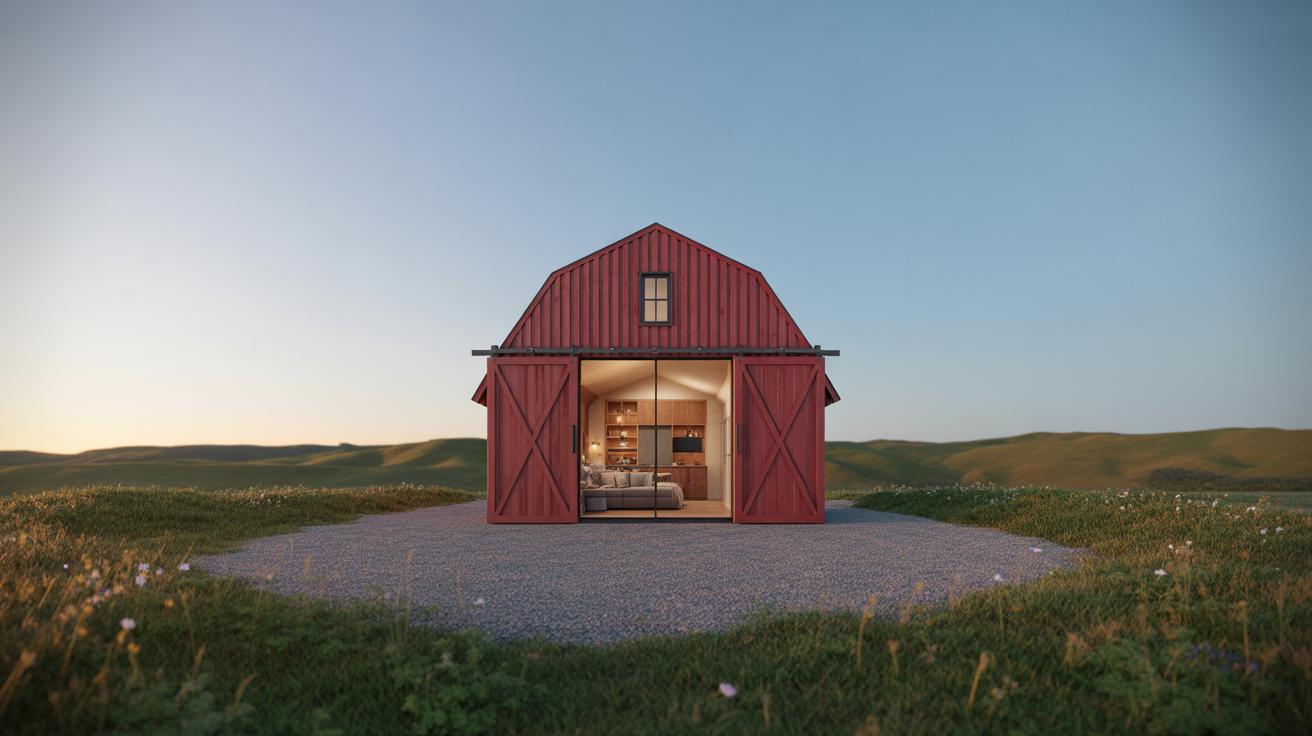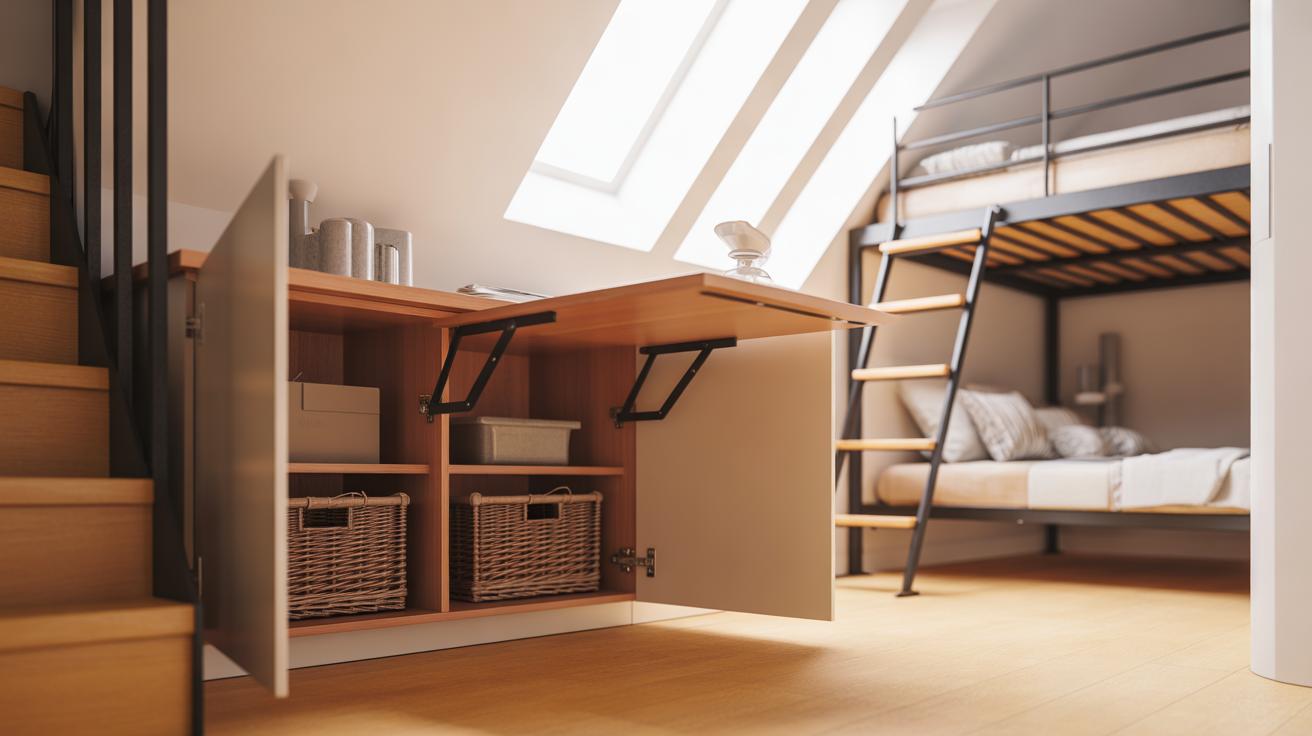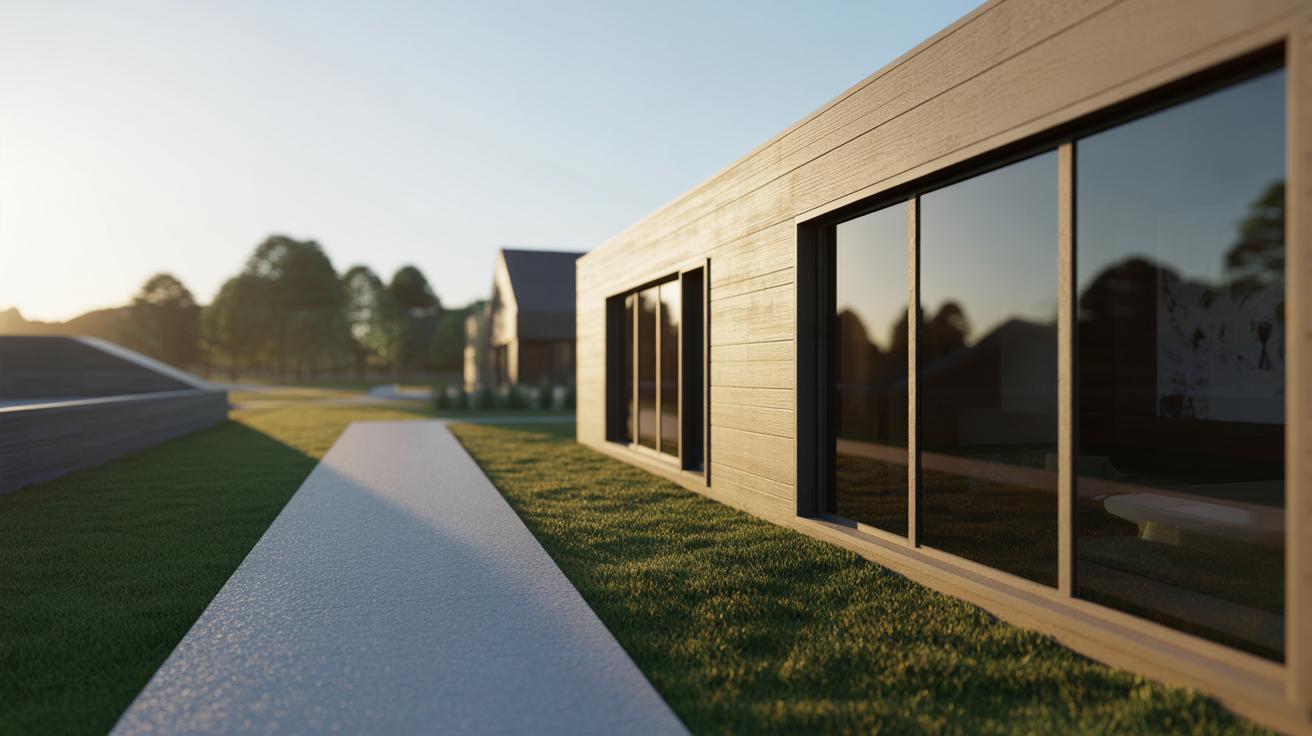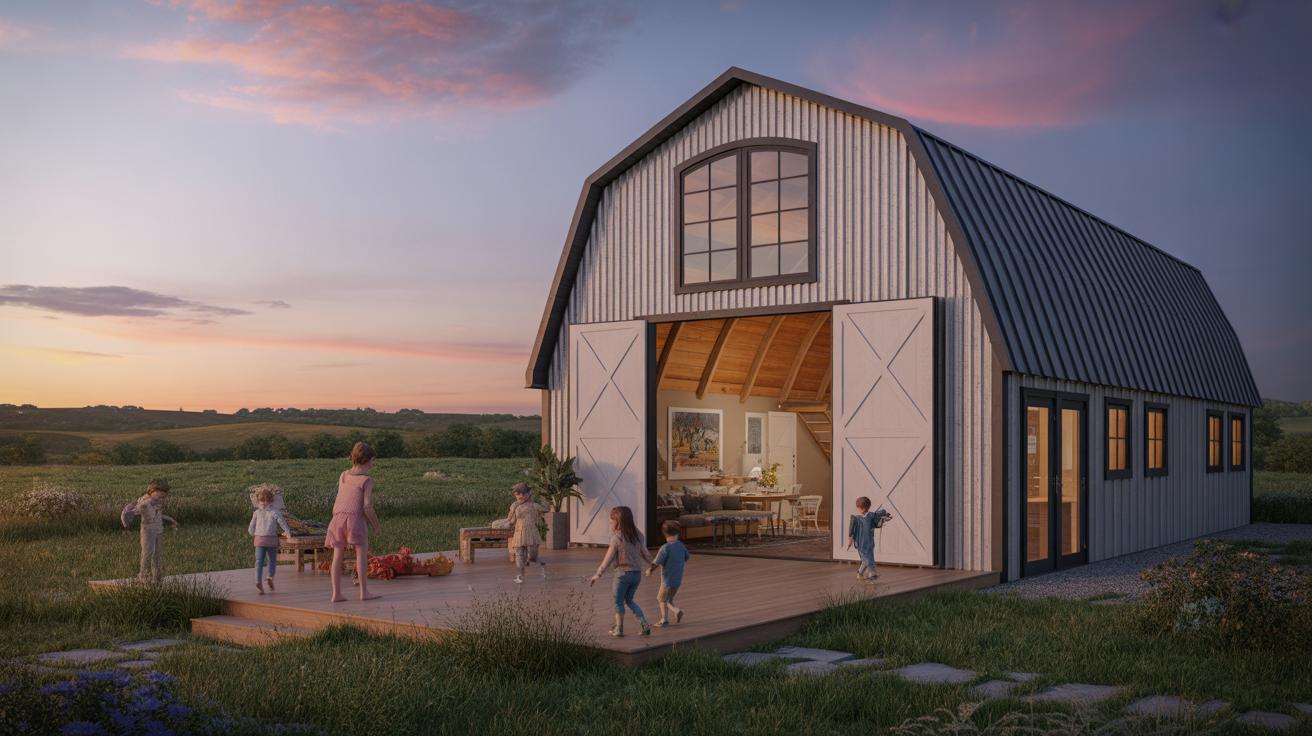Introduction
The tiny house movement has grown steadily, promoting smaller, more efficient living spaces. Tiny house cabins offer a blend of rustic charm and modern efficiency. These small homes, often around 400 to 600 square feet, provide a way to simplify life and reduce costs. Many people are drawn to the idea of living in a tiny cabin to downsize and live with purpose. The movement also supports environmental goals by encouraging the use of fewer resources. These cabins can be fixed structures or mobile, offering a range of options based on lifestyle and location.
Designing a tiny house cabin retreat involves smart use of space and creative design choices. The appeal includes the cozy atmosphere and the connection to nature. Whether you want a weekend getaway or a full-time residence, these cabins offer value. This article explores practical insights on building and designing tiny house cabins. You’ll find ideas on layouts, materials, and how to create a comfortable retreat. Are you ready to consider how a tiny house cabin could work for you?
Understanding Tiny House Cabins
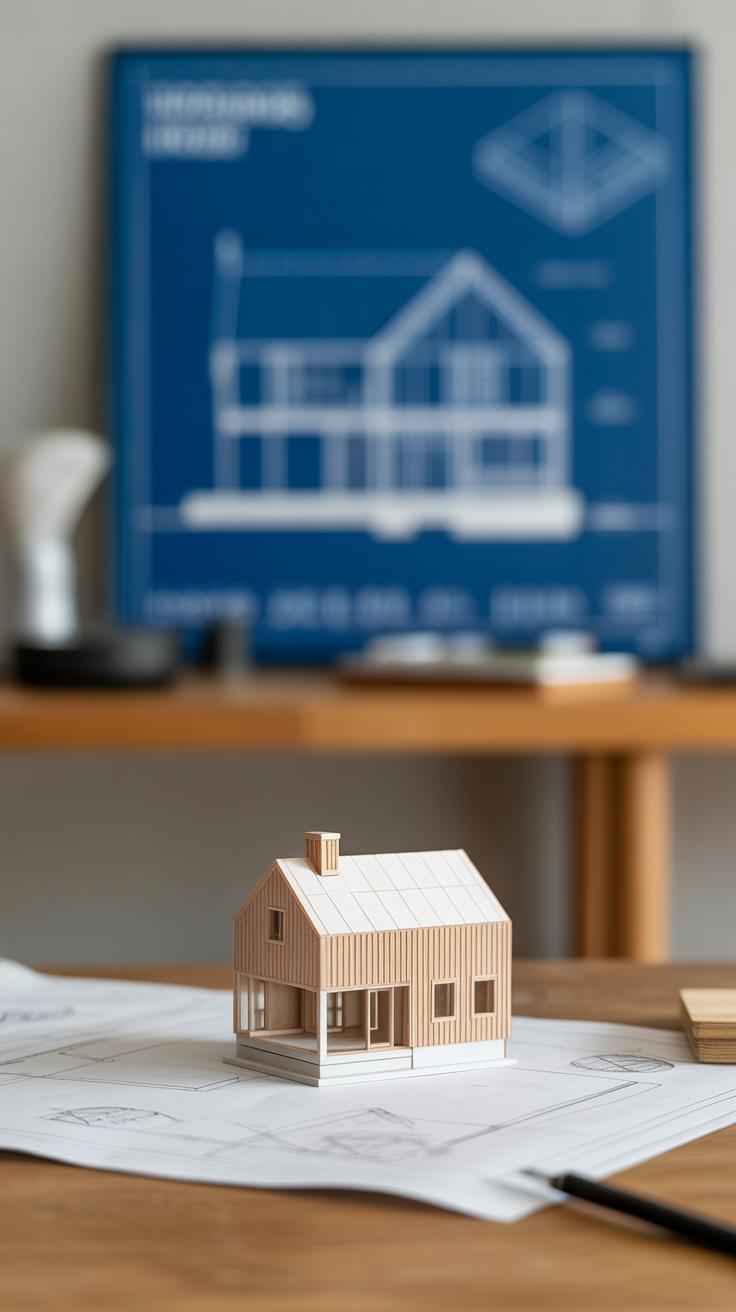
Tiny house cabins are small living spaces designed to offer comfort and function in a limited area, usually under 400 square feet. They serve various purposes, from full-time homes to weekend retreats or guesthouses. These cabins focus on efficiency, making every inch useful.
The tiny house movement values downsizing to reduce clutter and expenses. Tiny cabins fit perfectly because they encourage simple living without unnecessary space. You save money on construction and upkeep while lowering your energy use.
Typical features include a compact kitchen, sleeping loft, and basic bathroom. Many designs use natural materials like wood to blend with outdoor surroundings. You might ask yourself: could a tiny cabin match your lifestyle goals for simplicity and cost savings?
Basic Characteristics of Tiny House Cabins
Tiny house cabins usually range between 100 and 400 square feet. Builders often use wood, metal, or recycled materials for a durable and energy-efficient structure. You can find fixed cabins on a foundation or mobile ones on trailers for easy relocation.
Unlike traditional homes, tiny cabins focus on space-saving layouts. They often feature lofts for sleeping and multipurpose furniture. Walls and ceilings can be lower, and windows smaller to fit their scale. These cabins prioritize function over style.
You may wonder how living in such a compact home will feel compared to a larger one. Imagine moving in with only the essentials and designing spots that serve several purposes at once.
Benefits of Living in Tiny Cabins
Living in a tiny cabin can save you money on construction, utilities, and property taxes. With less space comes less cleaning and maintenance. You spend less time on upkeep and more on things you enjoy.
Tiny cabins reduce your environmental footprint by using fewer materials and less energy. You also reduce waste by owning fewer possessions, encouraging a simpler lifestyle. This lifestyle can lower stress by cutting distractions.
Consider whether reducing your living space could increase your freedom. Would owning less and spending less on housing support your personal goals and values?
Designing Your Tiny House Cabin Retreat
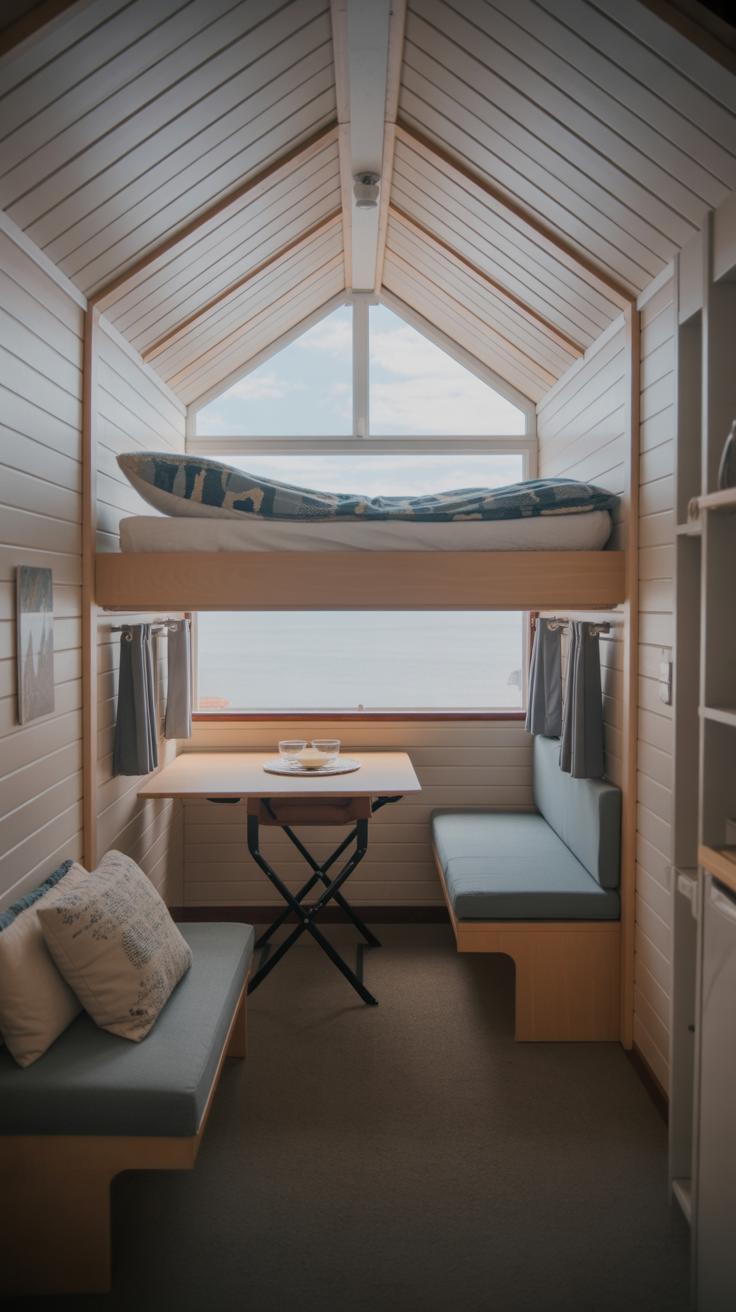
Your tiny house cabin must use every inch wisely. Focus on spaces that serve more than one purpose. Think about furniture that folds or hides when not in use. A table can double as a desk or dining area. A sofa can turn into a bed at night.
Choose storage solutions that fit small areas, like built-in shelves under stairs or beds with drawers. Keep the layout simple and functional to avoid clutter. Ask yourself: What activities do I really need space for? What can be combined or eliminated?
Lighting also impacts how you feel in a tiny space. Use layered lighting to brighten corners and open rooms up. Balancing comfort with efficiency is key. Your cabin should invite you in, not overwhelm you with mess or too many choices.
Planning Efficient Floor Plans
Your layout should include a kitchen, sleeping area, and bathroom without wasting space. Open floor plans work well. Use walls or furniture to subtly separate areas instead of adding doors, which take up room.
Position the kitchen close to the entrance for easy groceries storage. A compact bathroom with a corner shower saves room. Lofted beds free floor space for living areas below. Keep walking paths clear but minimal.
Think about how you move throughout the day. Will you cook, relax, and sleep in the same spot? Design for smooth transitions between tasks. A well-planned floor plan keeps your space organized and feels larger than it is.
Incorporating Nature and Outdoor Living
Large windows bring natural light and make your cabin feel less confined. Place windows where you can enjoy great views or catch fresh air. Using glass doors or bi-fold panels connects inside and outside smoothly.
Porches and decks extend your living space. They offer spots for dining, reading, or relaxing outdoors. Consider roof overhangs to protect from rain while keeping open areas inviting. Outdoor furniture should be simple and weather-resistant.
Ask yourself how you want to use the outdoors. Do you want a morning coffee spot? A place to entertain friends? Design your cabin with these needs in mind. Let nature become part of your everyday experience.
Material Selection for Tiny Cabins
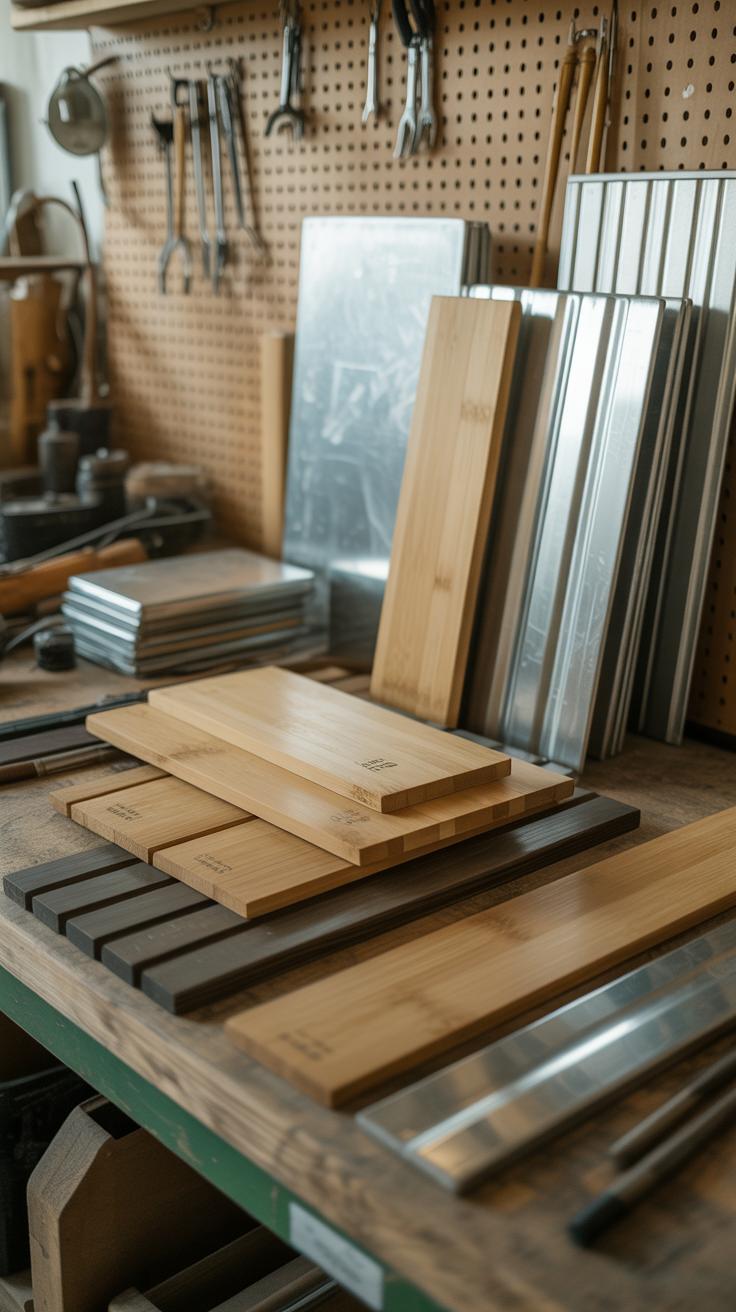
Choosing the right materials impacts how your tiny house cabin stands up to weather, wear, and time. You want materials that last long without needing constant repair. Affordability matters too, so you don’t overspend before you even move in. Ease of maintenance helps keep your space simple to care for, especially when square footage limits storage for tools or supplies.
Traditional materials like wood offer natural insulation and a warm look. They work well in many climates and feel inviting. Modern materials bring new options, such as metal or composite panels made for quick installation and strong durability. Each option has strengths depending on where you build and how you plan to use the space. Ask yourself, do you prefer a home that blends with nature or one built for fast assembly and low upkeep? Your choice shapes your tiny cabin’s future performance and character.
Wood and Other Natural Materials
Wood remains a popular choice for its insulation and style. It traps heat well, lowering energy bills in cold seasons. Wood also ages with character and can be repaired locally, easy for you to fix if needed. Using sustainably harvested timber supports forest management and reduces environmental harm. Cedar and pine resist insects and decay, cutting down future upkeep.
Natural materials like stone or clay complement wood for floors or walls, adding texture and strength. You might consider reclaimed wood for a charming, eco-friendly touch that saves money and resources. Wood invites a cozy feeling, making your tiny house cabin a welcoming retreat all year round. What natural touch could you add to improve comfort while staying green?
Alternative and Eco-Friendly Materials
Recycled materials offer smart ways to build tiny cabins while reducing waste. Reclaimed metals, old shipping containers, or composite panels made from reused plastics provide sturdy shells that save resources. Metal siding stands up well to weather and pests, though it may need insulation added for comfort.
Composite panels combine wood fibers with plastic, offering strength, low weight, and moisture resistance. These panels cut building time and lower maintenance needs. Think about your climate and maintenance willingness—would you prefer something tough and modern or a natural material requiring more care? Eco-friendly options like strawbale or hempcrete provide insulation and sustainability but may not fit all building codes or climates.
Which eco-friendly material matches your lifestyle and local conditions? Selecting a fitting material creates a tiny cabin that’s practical, affordable, and built to last.
Legal Considerations and Zoning for Tiny Cabins

Understanding Zoning Laws
Zoning laws shape where you can place your tiny house cabin. Most cities and counties set limits on minimum square footage, building height, and land use. Tiny homes often fall outside standard residential zoning rules because they are smaller than typical houses. Some areas treat them like recreational vehicles or accessory dwelling units, which affects where you can build or park.
You might find your property zoned for single-family homes only, making tiny cabins harder to place legally. Rural areas tend to offer more flexibility than urban locations. Will your cabin be on wheels or a fixed foundation? This detail affects local rules.
Researching local zoning maps and codes shows what’s legal for your land. You can contact your city’s planning or zoning office to ask about tiny homes. Will your design fit into those rules, or does your goal require a zoning variance or special permission?
Obtaining Permits and Compliance
Securing the right permits prevents costly delays. Start by submitting detailed building plans to your local building department. These plans should include dimensions, electrical wiring, plumbing, and materials. Expect inspections during and after construction to check safety and code compliance.
Building codes often require your cabin to meet standards for fire safety, sanitation, and structural strength. Getting a permit for a tiny cabin may require proving access to water and waste disposal systems. Some counties demand connection to municipal utilities or approval of a septic system.
Working with a contractor familiar with tiny homes can speed the process. Will your cabin be off-grid? Prepare to show plans for solar power or alternative wastewater treatment. Sticking to permit rules keeps your investment secure and avoids fines or forced removal.
Cost and Budgeting for Your Tiny House Cabin

Estimating Construction and Material Costs
Building or buying a tiny house cabin involves various expenses that you should plan for carefully. Construction costs usually include labor, materials, permits, and foundation work. Wood framing, siding, roofing, and insulation are the main materials needed. Prices can vary based on your location and choices.
Look for affordable options like reclaimed wood or prefab panels to lower material expenses. Local contractors with experience in tiny homes often charge less than larger firms. Ask for multiple quotes and check references to find trustworthy, budget-friendly builders.
Avoid impulse purchases on finishes or fittings. Instead, focus on quality basics that fit your budget. Have you set a realistic amount to cover unexpected costs? Small changes can save hundreds or even thousands of dollars.
Managing Utilities and Maintenance Expenses
Utilities such as electricity, water, and heating can be costly in any home. Tiny cabins offer advantages because they require less energy. Installing energy-efficient LED lights and compact appliances helps keep bills low.
Consider solar panels or rainwater collection systems if your site allows. They reduce utility bills and increase your cabin’s self-sufficiency. Regular maintenance prevents costly repairs; cleaning gutters, sealing wood, and checking plumbing keep your cabin in good shape.
Do you know where you can trim utility costs without sacrificing comfort? Keeping a maintenance checklist and monitoring your energy use make managing ongoing expenses easier and more predictable.
Interior Design and Comfort in Small Spaces
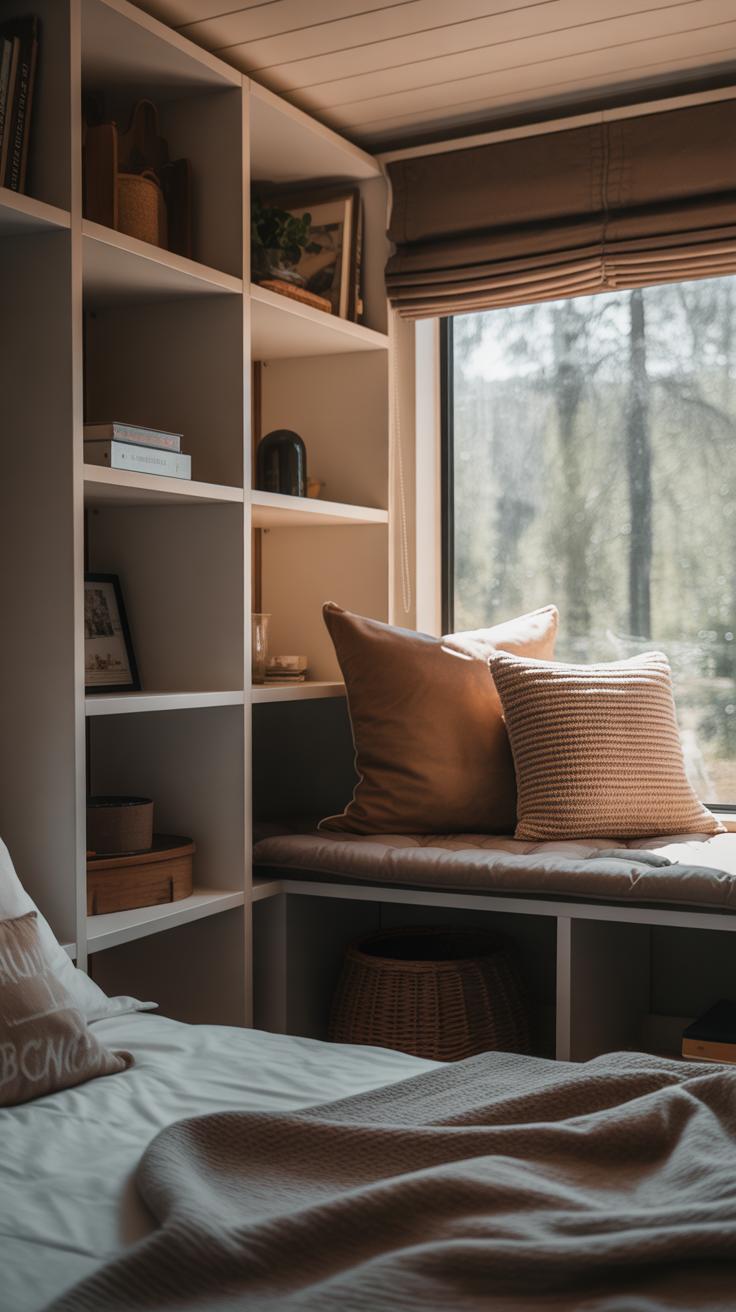
Your tiny house cabin can feel spacious and inviting despite its size. Focus on practical layouts that support daily activities without clutter. Choose furnishings that fit the space without overwhelming it. Multipurpose items, like fold-out tables or sleeper sofas, help you make the most of limited square footage.
Think about how you move within the cabin and arrange furniture accordingly. Leave clear pathways and keep essential items easy to reach. Use rugs, cushions, and soft fabrics to add warmth and texture without taking up room. Combining comfort with function creates a living space that feels both cozy and efficient.
How can you balance style with practicality in your cabin? Select pieces that serve multiple roles, provide comfort, and reflect your personality. Small details, such as throw pillows or wall art, can personalize your retreat and make it feel like home.
Choosing Furniture and Storage Solutions
Compact furniture suits small cabins best. Look for chairs and tables with slim profiles or ones that fold and store away when not needed. Built-in furniture, like benches with storage compartments underneath, saves floor space and reduces clutter.
Use vertical space with shelves and hooks. Wall-mounted storage keeps items off the floor and within reach. Consider storage boxes that fit under beds or stack neatly in corners. Each piece of furniture should have a purpose beyond just seating or sleeping.
What storage methods make your daily routine easier? Customizing storage to fit your belongings can prevent overcrowding. A clear, uncluttered space helps your tiny cabin feel open and restful.
Lighting and Color Choices
Natural light makes a tiny cabin feel larger and more welcoming. Position windows to maximize daylight and consider using light, sheer curtains to avoid blocking light. For evenings, layered lighting—combining overhead lights with lamps or wall sconces—provides flexibility.
Light paint colors, such as soft whites or light grays, open up the room visually. Warm tones on walls or accents create a calm atmosphere. Dark colors can work in small spaces but best used as highlights rather than main shades.
How do you want to feel in your cabin? Bright lighting encourages activity, while softer lighting supports relaxation. Picking the right colors and lights can change how you perceive your space and affect your mood daily.
Sustainability and Energy Efficiency
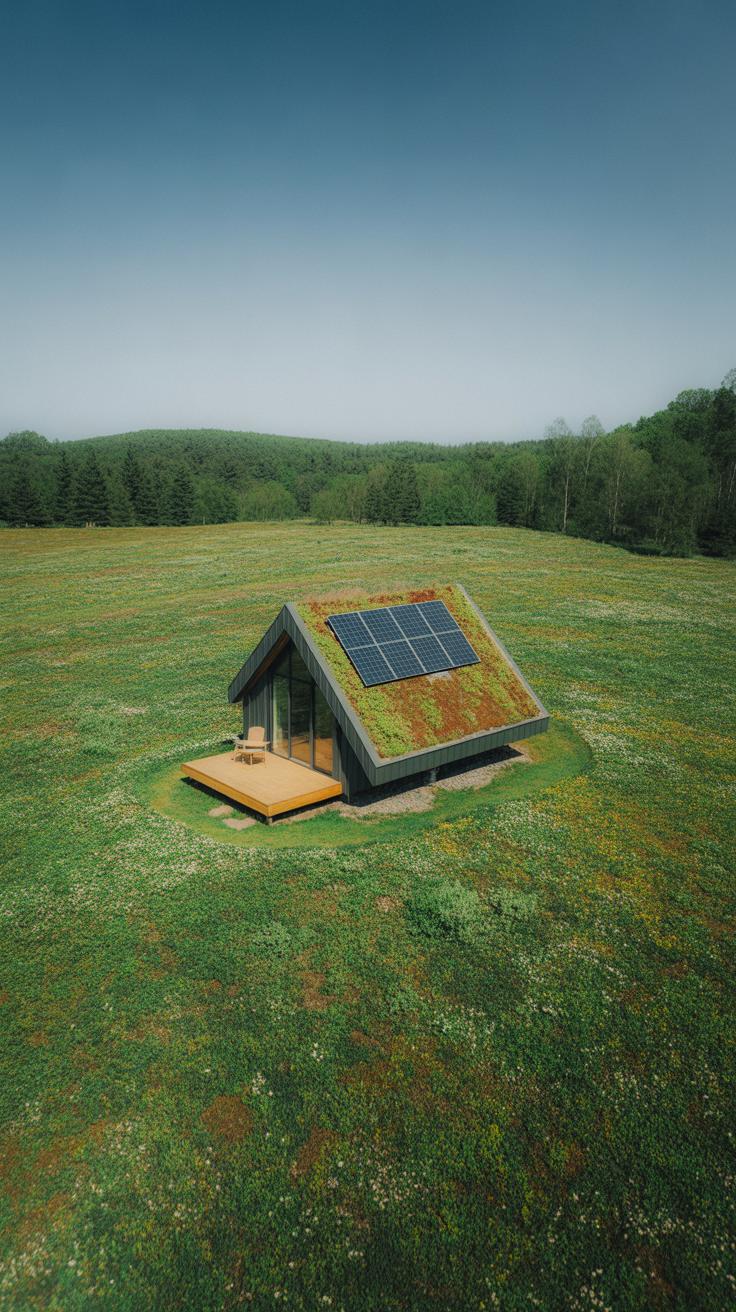
Your tiny house cabin can achieve sustainability by focusing on smart design choices that cut energy use and reduce waste. Choosing compact living means you naturally lower your carbon footprint, but there are ways to make your cabin even greener.
Design your cabin with passive solar heating, placing windows on the south side to capture sunlight during winter. Use overhangs or shades to block excessive summer heat. Think about installing energy-efficient LED lighting and appliances that require minimal power.
Solar panels work well with tiny homes, offering clean energy without large installations. Wind turbines or micro-hydropower, if your location allows, can supplement your power needs. How could you combine these options to fit your environment?
Pay attention to your material choices. Using reclaimed wood or sustainably sourced lumber minimizes the impact on forests. Small details, like weather stripping doors and windows, keep your cabin cozy while saving energy.
Which actions will make your tiny cabin energy-wise and sustainable but still comfortable for you?
Energy Sources and Insulation
Proper insulation keeps your cabin warm in winter and cool in summer, reducing the need for heating or cooling appliances. Spray foam offers excellent sealing properties in tight spaces, while rigid foam boards fit well in walls and floors. Fiberglass batts remain cost-effective, but they require careful installation to avoid gaps.
Double-glazed windows help maintain a stable indoor temperature. Your choice here influences energy bills more than you might expect.
Select appliances labeled ENERGY STAR or those designed specifically for tiny homes. Low-wattage refrigerators, efficient cooktops, and compact heaters provide necessary functions without excessive consumption.
Do you see how better insulation and smarter appliances work hand in hand to trim energy use? Your choices create a chain reaction toward a greener, more comfortable cabin.
Water Conservation and Waste Management
Using water wisely is vital in a tiny house cabin. Low-flow faucets and showerheads cut water use without sacrificing comfort. Installing a greywater recycling system can divert gently used water from sinks and showers to irrigate plants or flush toilets.
Composting toilets provide an efficient, eco-friendly solution where sewer connections don’t exist. They reduce water waste and turn human waste into useful compost. If you prefer a standard system, consider a small septic tank designed for tiny homes.
Collecting rainwater in barrels or cisterns can supplement your water supply for gardening or cleaning. Filtering this water properly ensures safety.
How will you manage water and waste in your tiny retreat while protecting your surroundings?
Creating Your Personal Tiny Cabin Retreat
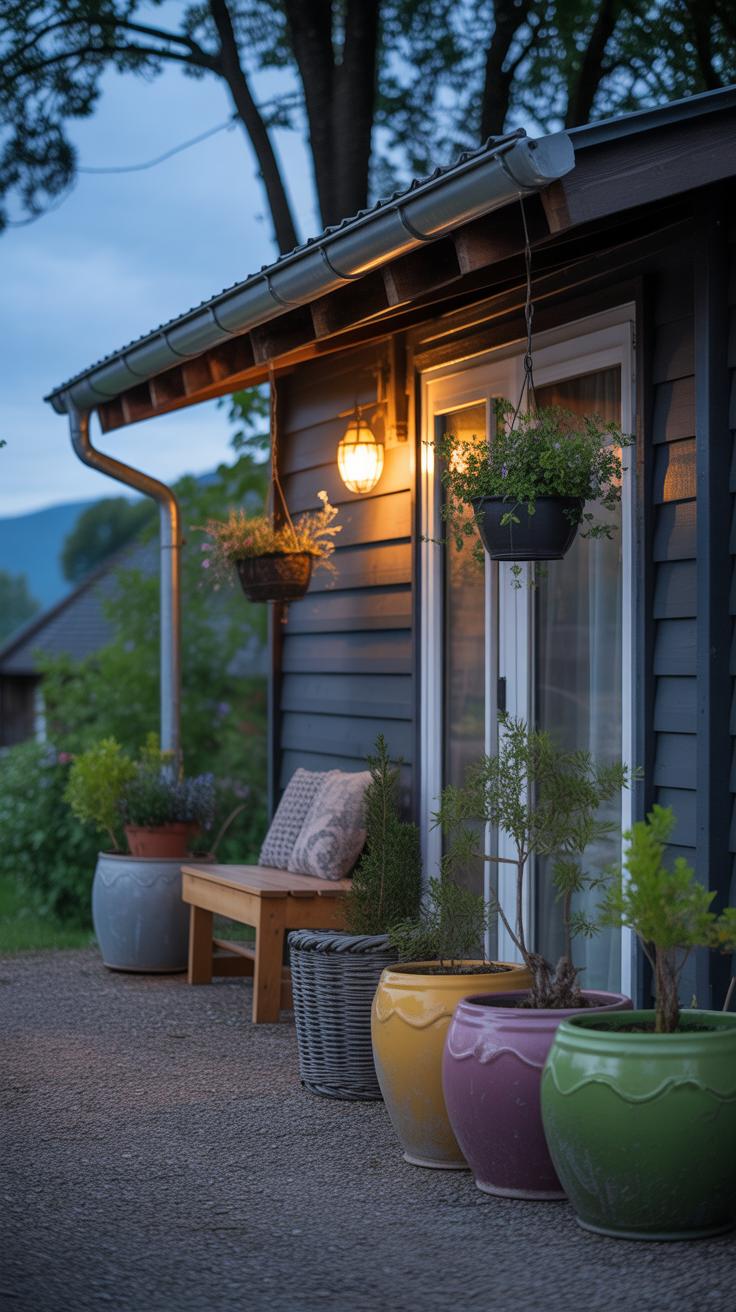
Your tiny cabin can become more than just a place to stay—it can be your personal retreat. Think about what makes you feel calm and comfortable. Do you enjoy reading by a window? Consider a cozy nook with a built-in seat and soft cushions. If you like spending time outdoors, large windows or a small deck can bring nature closer to you. Space-saving storage can keep your cabin tidy, helping your mind stay clear.
Reflect on how you use your downtime. Is it for creativity, exercise, or simply resting? Design areas for those activities. A fold-out table for painting, hooks for yoga mats, or a small hammock can turn your cabin into a place tailored for your needs. Ask yourself: What details will make this space relax you each time you step inside?
Adding Personal Touches and Comforts
Decorate your cabin with items that show who you are. Bring in colors you enjoy. Use furniture that fits your lifestyle—maybe a soft armchair for quiet moments or a rustic wooden bench for social time. Include shelves for your favorite books or places to display collections. If you have hobbies like knitting or writing, carve out a small dedicated spot.
Textures and lighting add comfort. A woven rug can soften the floor. Warm lights create a gentle glow in the evenings. Think about scents, too—a few candles or a diffuser with essential oils can enhance your mood. What small details reflect your personality and help you feel at home?
Using Your Retreat for Relaxation and Escape
Design your cabin to support rest and mental peace. Choose calming colors like soft blues or greens, which help lower stress. Keep clutter minimal, so your mind doesn’t feel crowded. Window placement can invite natural light while offering privacy for quiet moments.
Incorporate elements that encourage physical and mental breaks. A small meditation corner, a comfortable chair for naps, or even a place to stretch can make your retreat a restorative space. Consider soundproofing or white noise machines to block distractions. How can your cabin best serve as a sanctuary from the daily rush?
Conclusions
Tiny house cabins can redefine how you live by focusing on essentials and comfort in a small footprint. Their design encourages efficiency and sustainability. By choosing your materials and layouts carefully, you create a personal retreat that fits your lifestyle. The charm of a tiny cabin lies in its ability to blend simplicity with functionality. You can create a space that supports your needs and reflects your personality. These structures offer potential even in legal and zoning challenges if planned properly.
When designing or choosing a tiny house cabin retreat, think about your priorities. Do you want mobility or a fixed spot? How do you plan to use the space year-round? Practical planning makes a big difference. Consider storage, natural light, and connection to the outdoors. These elements make tiny cabins inviting and livable. Embracing this lifestyle can lead to greater freedom and less stress. What would your ideal tiny house cabin look like?


